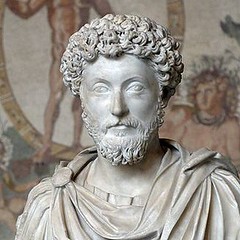Interdisciplinarity and Higher Education

It was the great Roman emperor and classical interdisciplinarian, Marcus Aurelius, who reflected on his broad knowledge of change. “The parts of the Whole, all that form the natural complement of the universe, must necessarily perish – and perish should be taken in the sense of change”[1]. The “Whole,” as Aurelius contends, is the breadth of knowledge that can be obtained within a natural environment. That is at the heart of interdisciplinarity. Throughout this chapter, this will be reviewed, along with its connection to learning communities, its future in higher education, and its perceived inherent or developed traits within learning.
These are the learning objectives for this chapter:
- Compare and contrast the concepts of interdisciplinarity in higher education.
- Analyze interdisciplinarity and its relation to learning communities.
- Develop a framework for the future of interdisciplinarity in higher education.
- Construct a theory on how interdisciplinarity may be an inherent or a developed trait of learning.

